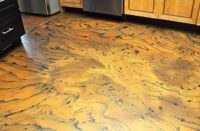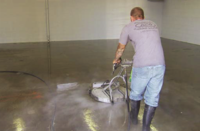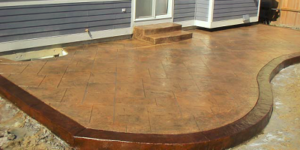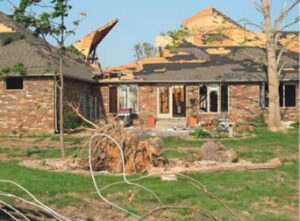I wrote a piece for entitled When Cold Temperatures Affect Sealers. But during the heat of summer, it is good time to discuss how warm temperatures affect sealers as well.
Before we go any further, I want to point out that the term “concrete sealer” is a catch-all term for a family of products that range from low-end cure-and-seals to high-end multipart systems. Each and every sealer has a recommended application method best suited for that particular product based on solids content, viscosity, resin type and type of carrier solvent. To assure full disclosure, I will be dealing in generalities based on product family, and I always recommend that you follow the application guidelines outlined by the specific product manufacturer.
Heat is the universal catalyst. Apply heat and things tend to happen faster. Consider what happened the last time you accidentally grabbed a hot plate. I am sure your speed increased dramatically as you looked for a place to put the plate down. The same thing happens with sealers at the molecular level when the temperatures go up. Things just happen faster! This is not necessarily a bad thing – until you reach a temperature at which the product’s application or performance is affected. The universally accepted temperature range for sealer application is 50 F to 90 F. There are exceptions, so make sure to consult the product data for the particular sealer you are using.
Three common sealing issues in hot temperatures are resin strings, blisters and diffusion.
Resin Strings, also known as “cotton candy” or “spiderwebbing,” occur when the solvent (liquid) portion of the sealer evaporates before the sealer has a chance to lay down on the concrete surface. The resin (plastic) gets stretched into thin strings because the liquid carrier is no longer present. When the temperature is high, the solvent carrier evaporates faster, and the window of opportunity to apply the sealer properly gets smaller. Use a fast-evaporating solvent like acetone and the window becomes even smaller. The string phenomenon usually occurs when applying solvent-based sealers with a roller or fine-tipped sprayer in hot or windy conditions. To avoid this issue, seal when temperatures are low and there is little wind. If spraying, use a larger tip, and if rolling, don’t overwork the sealer.
Blisters or bubbles occur when the surface of the sealer “skins over,” trapping the evaporating solvent gas in or on the surface of the sealer membrane. Just like with boiling water, gas needs to escape as a sealer transitions from a liquid to a solid. If the temperatures are too hot and the surface of the sealer forms a “skin” before the rest of the sealer has a chance to cure, the gas gets trapped. Some of the gas bubbles get trapped in the sealer membrane, while some will make it to the surface and form a blister. To avoid this, stay away from direct sunlight, the heat of the day and high winds when sealing. Also, consider the type of solvent (liquid) and how it reacts to heat and wind. Most of the blister and bubble issues occur with solvent-based sealers and very rarely occur with water-based sealers. This has to do with the slower evaporation rate of water versus xylene or acetone.
Diffusion appears as a gray or white haze in the sealer after it has cured. It can occur days or months after application, and it is caused when the sealer starts to lift away from the concrete. Even the smallest microscopic air gap between sealer and concrete causes light to diffuse and “bounce around,” creating a grayish white haze instead of the nice clean and clear reflectance that you see when the sealer is properly adhered to the concrete. If the surface temperature is high (from cooking in the sun), the sealer may cure before it has a chance to penetrate and adhere to the concrete substrate. Avoiding hot surfaces, as well as applying sealers as thinly as possible, will help avoid diffusion.
As I think you can see, avoiding heat-related sealer issues is less about what is happening and more about avoiding sealer application when the sun is shining bright, the wind is blowing or temperatures are above 90 F for both air and surface. If you have never read the tech data sheet or MSDS for the sealer you use, I recommend you take a few minutes and do so. Pay special attention to the type of solvents contained in the sealer, the temperature application range and the recommended application methods. Too many times I see contractors apply sealers based on what they saw someone else do or they learned 15 years ago. The more you can learn about the products you are using, the better off you will be. Even in the hot climates of California, Arizona, Texas and Florida, there are times and ways to apply sealers successfully during the summer months. It may take getting up early or using a different application method, but it can be done. As the dog days of summer heat up, it does not have to lead to sealer problems. Consider how temperature will affect your sealing jobs, stay cool, and enjoy the success you deserve.














